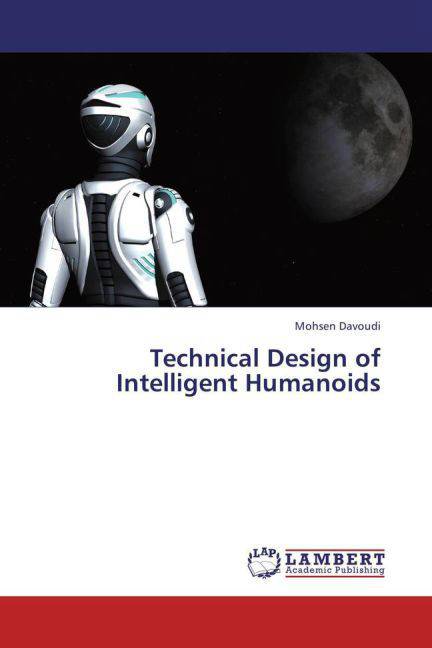
- Afhalen na 1 uur in een winkel met voorraad
- Gratis thuislevering in België vanaf € 30
- Ruim aanbod met 7 miljoen producten
- Afhalen na 1 uur in een winkel met voorraad
- Gratis thuislevering in België vanaf € 30
- Ruim aanbod met 7 miljoen producten
Zoeken
Omschrijving
The combination of three sciences, Mechanics, Electronics and Computer, has created very important and powerful branch in the technology. In robotics research one of the major issues is the humanoids and their interaction modalities with humans. Humans have developed advanced skills in interpreting his emotions to the bodily expressions. If robots can acquire similar skills, it would allow them to generate behaviors that are familiar to us and thus increase their chances of being accepted as partners in our live. In this book the technical design issues of an arm robot (manipulator) as a part of a humanoid have been described in detail. A chapter of the book presents a theory of implementation of emotion in the humanoids. The main goal of this Chapter is to introduce a novel approach for modeling an emotion-based motion generator for humanoids in order to present emotionally expressive styles of movements and emotion mimicry in different situations using Computational Theory of Perception (CTP).
Specificaties
Betrokkenen
- Auteur(s):
- Uitgeverij:
Inhoud
- Aantal bladzijden:
- 180
- Taal:
- Engels
Eigenschappen
- Productcode (EAN):
- 9783659383168
- Verschijningsdatum:
- 8/05/2013
- Uitvoering:
- Paperback
- Afmetingen:
- 150 mm x 220 mm
- Gewicht:
- 272 g

Alleen bij Standaard Boekhandel
+ 168 punten op je klantenkaart van Standaard Boekhandel
Beoordelingen
We publiceren alleen reviews die voldoen aan de voorwaarden voor reviews. Bekijk onze voorwaarden voor reviews.








